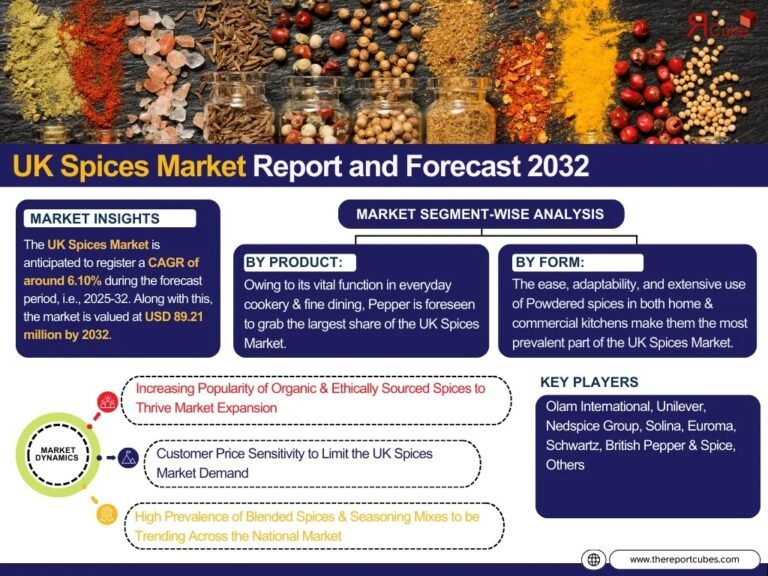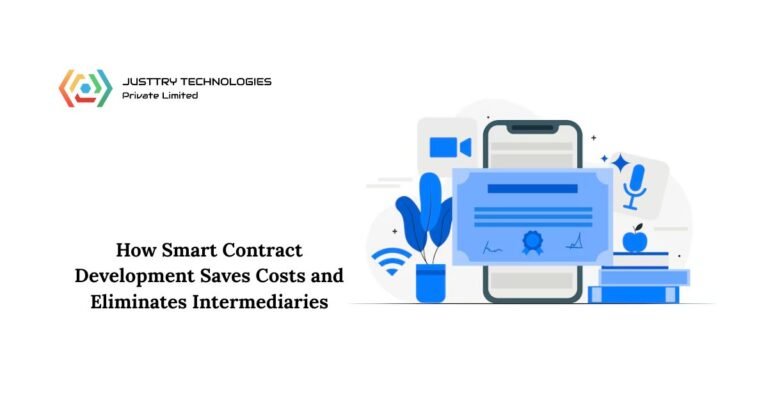In the fast-paced world of cryptocurrency and blockchain, capturing user attention has become increasingly difficult. With hundreds of new tokens, DeFi projects, and NFT collections launching each month, standing out in the market requires more than just technological innovation. Traditional marketing methods often fail to engage a decentralized audience that values transparency, utility, and community involvement. Contests and airdrops have therefore emerged as highly effective tools for crypto marketing. These mechanisms go beyond superficial promotion—they create meaningful interactions, drive participation, and incentivize users to become active contributors to a project’s ecosystem.
Airdrops distribute tokens or rewards directly to users, often for completing specific actions such as joining a community or sharing content, while contests challenge users to demonstrate creativity, knowledge, or loyalty in exchange for rewards. Both approaches tap into human psychology, leveraging curiosity, competitiveness, and the desire for recognition. When combined strategically, contests and airdrops do not merely create a temporary spike in engagement; they build long-term community loyalty and help establish a sustainable growth trajectory for projects in a highly competitive landscape.
Understanding the Psychology Behind Engagement
The success of contests and airdrops is rooted in human psychology. Contests appeal to competitive instincts and create excitement through challenges and recognition. People enjoy testing their skills, winning rewards, and being acknowledged publicly for their efforts. This sense of achievement drives deeper involvement, especially when contests are structured to reward multiple levels of participation or creativity.
Airdrops, on the other hand, exploit the principle of reciprocity. When users receive tokens or rewards for minimal effort, they are naturally inclined to reciprocate by engaging more with the project, promoting it within their networks, or participating in governance. Scarcity and time-limited campaigns introduce urgency, compelling users to act quickly to avoid missing opportunities. Social proof also plays a role: seeing peers actively participating increases credibility and encourages wider engagement. Understanding these psychological drivers allows projects to design contests and airdrops that maximize both participation and lasting community loyalty.
Types of Contests That Drive Engagement
Contests in crypto marketing can take many forms, each targeting specific audience behaviors and goals. Knowledge-based contests, such as quizzes or trivia related to blockchain or the project’s ecosystem, serve a dual purpose: educating users while encouraging participation. Creative contests, including meme competitions, digital art submissions, or video challenges, generate user-generated content that amplifies the project’s visibility across social media and other channels. Referral contests, where users earn rewards for inviting friends or followers, harness viral growth mechanisms, ensuring campaigns reach wider audiences organically.
For example, a DeFi project may launch a meme contest where participants submit humorous or insightful content about the project’s use cases. Winners receive token rewards or limited-edition NFTs, incentivizing both creativity and brand advocacy. By offering multiple contest types, projects can engage diverse segments of their community, catering to both technical enthusiasts and casual supporters while creating a holistic marketing impact.
How Airdrops Amplify Community Engagement
Airdrops are particularly effective for onboarding new users and rewarding loyal supporters. Unlike traditional giveaways, airdrops require minimal effort, such as following social media accounts, joining community channels, or completing simple tasks like signing up for a newsletter. This low barrier to entry encourages broad participation, helping projects reach new users who may later become long-term advocates or investors.
Strategically designed airdrops can also target specific behaviors. For instance, projects may reward beta testers or users who engage with platform features. This incentivizes valuable actions while creating an initial base of active participants. Airdrops also serve as market seeding tools, distributing tokens to create liquidity and stimulate secondary market activity. By aligning airdrops with both marketing and platform goals, projects maximize the impact of user engagement and adoption.
Designing Effective Contests and Airdrops
Effective campaigns require careful planning and design. Clear objectives, defined target audiences, and structured reward systems are essential. Rewards should balance desirability and accessibility: while high-value incentives attract attention, overly difficult or limited participation opportunities can discourage engagement. Tiered reward systems are particularly effective, offering incremental benefits for varying levels of participation, such as small token rewards for basic tasks and exclusive NFTs for top performers.
Transparency is critical. Clear instructions, rules, timelines, and criteria for winning or receiving rewards foster trust and prevent disputes. Regulatory compliance must also be considered, ensuring campaigns do not inadvertently violate local securities laws or promotional regulations. A well-structured campaign that considers these factors enhances user satisfaction and contributes to long-term community loyalty.
Integrating Campaigns into a Broader Marketing Strategy
For maximum effectiveness, contests and airdrops should not function in isolation but be part of a comprehensive marketing strategy. Campaigns should align with broader goals such as increasing token adoption, enhancing community engagement, or educating users about the project. Using multiple channels—social media platforms like Twitter, Telegram, Discord, and Reddit, alongside email campaigns and influencer partnerships—ensures campaigns reach both existing community members and potential users.
Integration with other marketing efforts also enables projects to maintain consistent messaging. For example, announcing an airdrop through a blog post, social media, and influencer collaboration reinforces the campaign’s visibility while providing educational context. This multi-channel approach strengthens engagement and ensures that participation translates into meaningful interactions that support the project’s long-term objectives.
Reward Structures That Drive Participation
Reward design is central to campaign success. The most effective rewards are desirable, fair, and aligned with project goals. While large token distributions can attract attention, they must be structured to encourage meaningful engagement rather than short-term speculation. Tiered rewards, gamified achievements, and exclusive digital assets motivate participants to engage deeply and consistently.
Moreover, reward structures should incentivize behaviors that benefit the project ecosystem. Tokens could encourage staking, governance participation, or usage of platform features. NFTs can serve as digital status symbols, granting early access or exclusive privileges within the community. Thoughtfully designed rewards ensure that contests and airdrops foster engagement that extends beyond the initial campaign period, strengthening loyalty and advocacy.
Leveraging Community Networks for Maximum Impact
Campaigns gain amplification when community networks are leveraged effectively. Encouraging participants to share content, invite friends, or participate in referral programs creates a multiplier effect. Active users become advocates, expanding the project’s reach organically. Partnering with influencers or respected community figures adds credibility, ensuring campaigns attract high-quality engagement rather than only superficial participation.
Social media engagement is particularly critical. Memes, posts, and user-generated content spread across networks, increasing visibility and drawing in new community members. Combining organic community promotion with strategic influencer involvement creates a snowball effect, maximizing the campaign’s reach and long-term impact.
Avoiding Common Mistakes in Engagement Campaigns
Despite their effectiveness, contests and airdrops can fail if executed poorly. Common pitfalls include unclear rules, overly complex participation requirements, insufficient rewards, and lack of transparency in winner selection. Such issues can frustrate participants, reduce trust, and harm the project’s reputation.
To avoid these mistakes, projects should prioritize simplicity, fairness, and communication. Clear instructions, transparent reward distribution, and timely announcements of winners ensure a positive user experience. Additionally, compliance with regulatory frameworks prevents legal complications that could undermine trust or lead to financial penalties. Projects that focus on user-centric design and transparent processes achieve higher engagement and sustainable growth.
Measuring Success: Metrics and Analytics
Quantitative and qualitative metrics are essential for evaluating campaign success. Key indicators include participation rates, referral conversions, social media engagement, token distribution, and platform activity following the campaign. Qualitative metrics, such as sentiment analysis, quality of user-generated content, and community feedback, provide deeper insights into user satisfaction and engagement quality.
By continuously monitoring these metrics, projects can refine strategies, optimize rewards, and design future campaigns that resonate with their audience. Analytics also allow for real-time adjustments during campaigns, ensuring maximum participation and long-term benefit for the project ecosystem.
Long-Term Benefits of Contests and Airdrops
Beyond immediate engagement, contests and airdrops deliver lasting advantages. They help establish brand loyalty, create a base of active users, and generate organic advocacy. Well-executed campaigns provide valuable insights into community behavior, preferences, and motivations, informing marketing, product development, and governance decisions.
Additionally, strategic token distribution through contests and airdrops can improve liquidity, stimulate trading activity, and enhance overall ecosystem stability. By fostering engagement, these campaigns lay the foundation for long-term adoption, contributing to the project’s sustained growth and relevance in a highly competitive crypto market.
Conclusion
Contests and airdrops are indispensable tools for driving engagement in crypto marketing campaigns. When executed strategically, they transform passive audiences into active participants, increase awareness, and build strong, loyal communities. By understanding psychological motivators, designing effective reward structures, integrating campaigns into broader marketing strategies, leveraging community networks, and continuously monitoring outcomes, projects can maximize engagement and create lasting value. In a decentralized and competitive ecosystem, contests and airdrops provide a crucial edge, converting fleeting interest into sustainable participation and advocacy that drives long-term project success.





